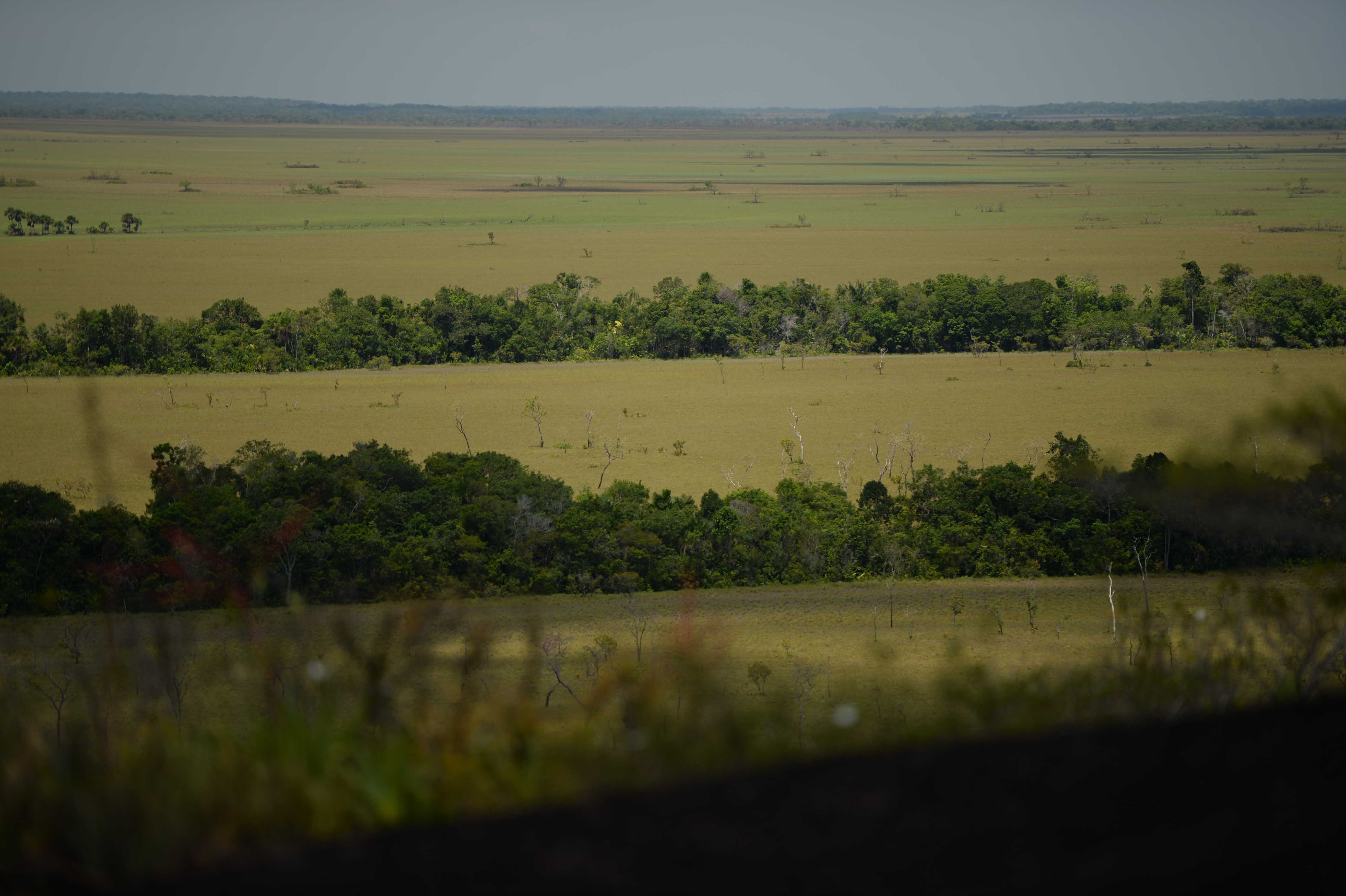We work in the Orinoquia because of the great importance of the biological diversity and ecological functionality of the region. Its ecosystems span piedmont areas of the Eastern Andes, flood plains and, in the center, the altillanura. The savannas and the altillanura are now suffering overt transformation processes based on the introduction of species and the development of new production practices. Additionally, the Orinoquia has some conserved areas, but they do not sufficiently represent Colombia’s current protection figures.
Conservation Challenges

For the conservation of the Orinoquía, a balance must be reached between the exploitation of natural resources by the local communities for their subsistence and the non-exhaustion of said resources. It is, therefore, essential to encourage a biodiversity management that, without being detrimental to the life quality of the inhabitants of the region, enables the conservation of the ecosystems and the biodiversity they guard.
The above entails the importance of the participation of all players that form part of the Orinoquía (communities, economic associations, fishermen and government entities – among others), in the decision making of the actions that should occur in their territory to achieve the protection and proper use of the natural heritage of that beautiful region.
Conservation Approach
Our aim is to reduce the pressures on biodiversity. For this, we restore natural habitats, generate structural corridors, train and support the implementation of eco-friendly productive systems and motivate the creation of civil society reserves and other protection figures.
We also strive to sign voluntary conservation agreements with land owners and communities committed with the care of biodiversity, focusing our actions, mainly, on five threatened species that are considered landscape species.